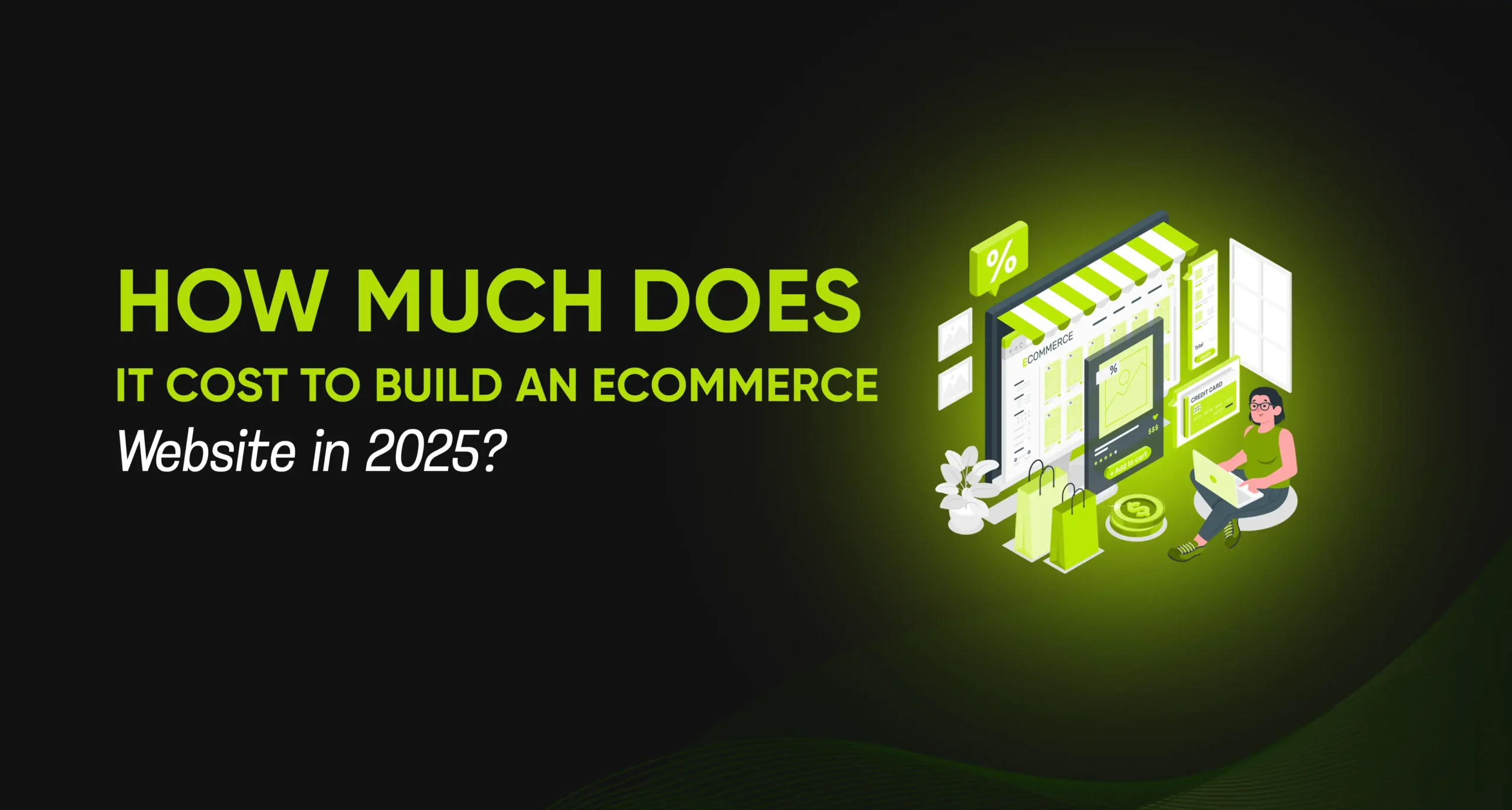Are you considering launching your online store in 2025 and entering the exciting world of e-commerce? But first, let’s discuss the important question: how much does it cost to build an ecommerce website?
The truth is, a one-size-fits-all solution does not exist for everyone. The price of an online store depends on the platform, design, features, and maintenance. On average, prices range from $10,000 to $250,000, depending on your needs and goals.
Experts predict global online sales to reach $4.3 trillion by 2025 (Statista). This is an ideal moment to launch your online business and rival leading retailers.
Key Factors That Affect Ecommerce Website Costs
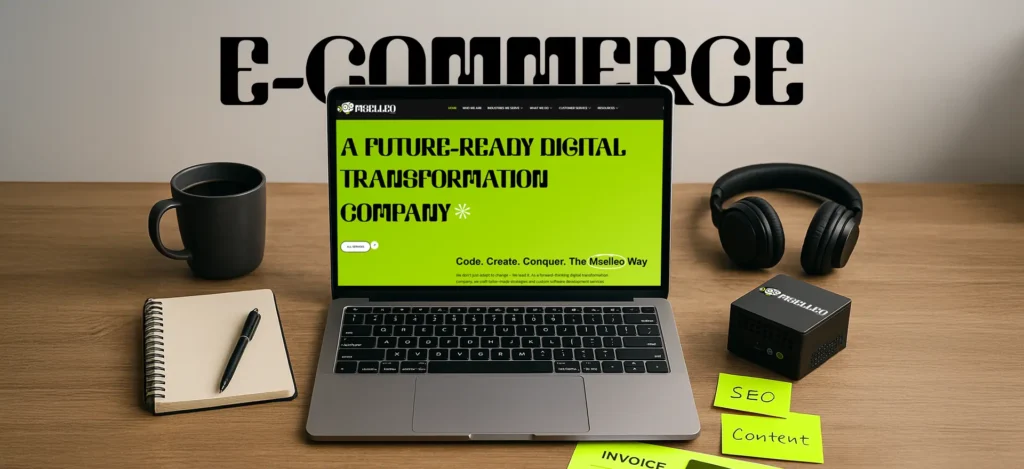
Building a website involves more than just creating a few web pages. Multiple parts impact the final cost and hosting costs.
1. Domain Name
Your domain is your site’s online address. The annual cost is usually $10 to $20. High-end or branded domains may cost more.
Tip: Lock in your domain for several years to improve your SEO and save money.
2. Website Hosting
Hosting ensures your site is always online. Prices vary depending on performance needs:
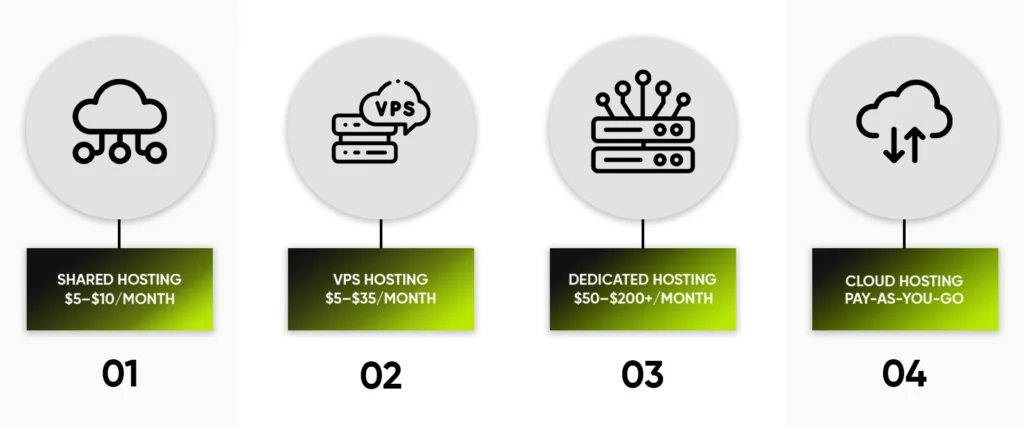
Some SaaS platforms, like Shopify or Wix, include hosting in their plans.
3. Security certificate
This secures customer data. Basic certificates cost $10 to $50/year, while advanced ones go up to $300/year. Many hosts include free SSL.
Website Design and Layout Options
Mselleo is not just another agency -we are a SEO specialist who meets 10+ years strategies for the United States companies. As a reliable Google partner, we start new ideas and proven methods.
95% of our customer storage stems from B2B SEO services that prefer ROI. The mother -i -law for mother -i -law Rankstar who is cleared by mother -i -law marks, we provide average development.
A good web design creates a lasting impression. It also affects how users interact with your product pages and shopping cart.
Pre-made Themes
- Free to $100 (Shopify, Theme Forest)
- Premium: $100–$500
Custom Design
- Freelancer: $75/hour or $500–5,000/project
- Agency: $3,000 to $50,000+
Benefits of a Good Design
- Improves brand view
- I customer trust
- Increases sales rates
The Role of Mobile App Integration
Adding a mobile app alongside your online store gives customers more options. Connecting apps to your website helps engage customers and boosts conversions.
If you run a small business or a growing brand, a dedicated app can keep users. This can lead to long-term success. The costs of app development can change based on features.
The value it brings to your ecommerce strategy is often worth the investment.
Adding an Affiliate Program to Boost Sales
An affiliate program is a great way to increase sales without much effort. With this model, other websites promote your products and services in exchange for a commission. This helps drive traffic and build your online presence.
Your affiliate program should be easy to use and promote, making it attractive to potential affiliates. With the right tools, you can track referrals and manage payments easily.
This strategy works particularly well if you are selling digital products or services. By expanding your reach, you can sell more products online and build a solid customer base.
Advanced Features That Increase Costs
The greater the need for custom features, the higher the cost. Common features include:
- Product listings
- Shopping cart
- Secure payments with credit cards
- Booking systems
- CRM Connections
Basic online store features cost $5,000 to $15,000. Custom tools like portals or dashboards can cost up to $50,000.
Types of Advanced Features
- Loyalty programs
- Subscription models
- Personalized recommendations
Target Audience: Understanding Who You're Selling To
Knowing your target audience is essential for building a successful online store. Your website’s design, products, and marketing strategies must cater to the people who are most likely to buy from you. By understanding their preferences and needs, you can tailor your business model to meet their expectations.
Focus on delivering high-quality products that appeal to your audience’s desires. Collecting data through surveys or analytics tools can help you understand their behavior. When you cater to the right potential customers, you’re more likely to see higher sales and engagement.
Branding for Your Online Store
Good branding helps small businesses build trust and stand out. It showcases your colors, branding, and messages.
DIY Tools
- Logo makers: $4–100+
- Design tools: $20–100/month
Freelancers
- $100–$150/hour
- Full branding: $1,500–$20,000
Agencies
- $5,000–$80,000 for complete branding
Importance of Site Menu and Site Structure
Your online store’s structure is important for user experience and search engine visibility. A clear site menu helps customers find what they need quickly. Use organized menus, proper categories, and internal linking. This not only helps with user engagement but also boosts SEO Service.
A simple website layout lowers bounce rates. It encourages visitors to stay on the site longer. This is essential for creating a professional online store, regardless of the size of your business.
Why a Blog Post Can Drive More Traffic to Your Website
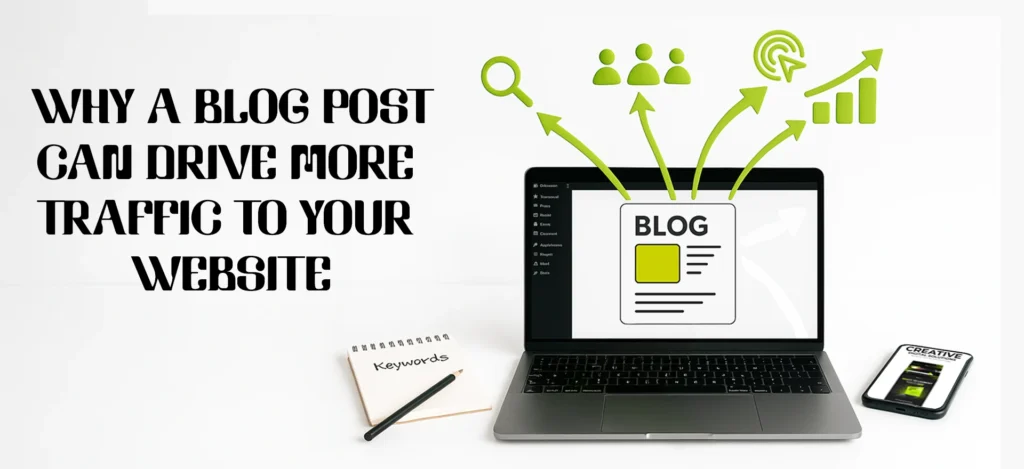
A well-written blog post can help drive organic traffic to your site. Blogging about relevant topics not only boosts your SEO but also establishes your brand as an authority. You can write about online business ideas, how to use your products, or share customer success stories. This content can attract potential customers who are searching for solutions you offer.
Make sure your blog posts are engaging and informative to keep readers interested. Good content that answers questions or solves problems can bring more visitors. This can help you sell your products online.
Ongoing Website Maintenance
Even after launch, your ecommerce website needs updates and security patches.
Monthly maintenance can cost:
- Basic: $10–$50/month
- Complex: $100–$500/month
Why Maintenance Matters
- Prevents security breaches
- Ensures smooth performance
- Keeps content fresh and relevant
E-commerce Software and Add-ons
Plugins add functionality to your store, helping you compete with the best online stores.
Pre-packaged Plugins
- Free to $200
Customized Connections
- Developer fees: $15–$30/hour
- Setup: $2,000–$2,500
Custom Enterprise Plugins
- $500 to $10,000+, based on features
- Suggestion: Begin with simple plugins and enhance as you expand.
Security Features Every E-commerce Site Needs
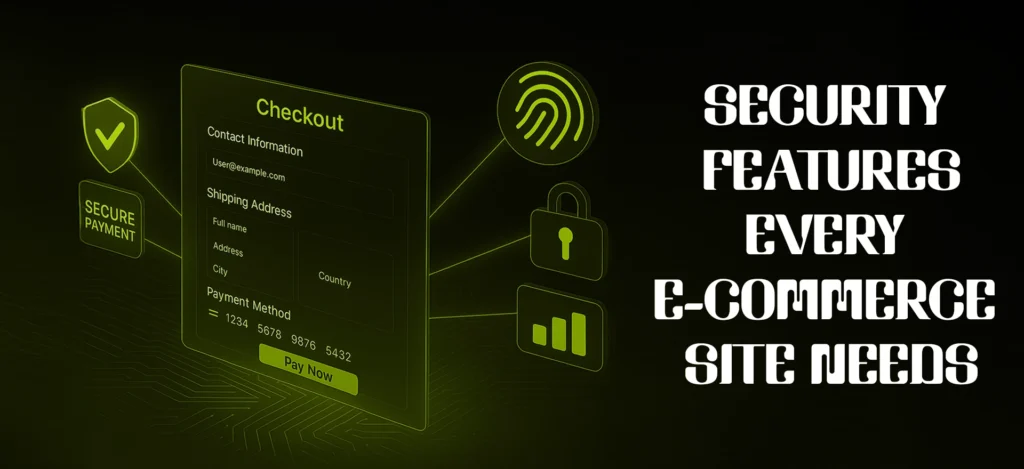
Your online store must protect user data, especially when handling credit cards and personal details. Basic security needs include SSL certificates, malware protection, firewalls, and two-factor verification.
Many ecommerce website companies offer these in their packages. Not having strong security measures can cause legal problems and reduce customer trust.
Make sure to keep your security tools updated. Secure platforms improve performance and keep customers for a long time.
Hidden and Ongoing E-commerce Costs
People mostly overlook additional expenses.
- Software updates
- UX improvements
- Customer support
- Legal tools (cookie notices, privacy banners)
Plan to manage your budget efficiently.
Building a Strong Social Media Presence to Connect with Customers
Your social media presence is a vital tool in growing your online business ideas and selling your products. Platforms like Instagram, Facebook, and TikTok allow you to connect with your audience and promote high-quality content. Engage with your followers by sharing updates, promotions, and customer reviews.
A strong social media presence can also help you showcase your products and services, build trust, and drive sales. Remember, it’s important to create content that resonates with your audience to convert followers into loyal potential customers.
Marketing Strategies for Your Ecommerce Store
Digital Marketing is key to growing your online business and reaching more customers.
Pre-launch Marketing
- Paid Ads: $100–$10,000/month
- Influencer Marketing: $10–$10,000/post
- Press Releases: $150–$2,500
Post-launch Marketing
- SEO: $100–$250/hour
- Social Media: $500–$10,000/month
- Email Marketing: $10–$15,000/month
CRM Tools
- $10–$30/user/month for small business teams
How to Lower Your Ecommerce Website Costs
Choose the Right Platform
Use a platform with built-in tools and low hosting costs. Shopify and Woo Commerce are excellent choices.
Use Open-Source Tools
Software tools like Woo Commerce offer free add-ons and themes.
Use Free Marketing Tools
Begin with Google Analytics, Mailchimp, and social platforms for marketing.
Plan for the Ability to grow
Pick a platform that supports easy growth and data migration.
Review Subscriptions
Cancel unused tools and optimize your tech stack.
Importance of Mobile-Friendly Design
A responsive design helps your site look and work well on mobile devices. By 2025, most people will stop using their smartphones. A mobile-friendly layout boosts SEO and improves user experience.
Most software tools offer responsive themes by default. Make sure your developer tests your site on all devices. A poorly optimized mobile site leads to higher bounce rates and lost sales. Investing in responsive design can reduce support issues and keep customers coming back.
Mobile SEO Benefits
- Better ranking in search results
- Faster page loads
- More repeat visits
User Experience on Mobile
- Easy-to-read fonts
- Tap-friendly buttons
- Quick checkout process
Tools to Test Responsiveness
- Google Mobile Test
- Browser Developer Tools
- Mobile simulator apps
Choosing the Right Payment Gateway
The payment gateway handles your customer transactions securely. You have the options of PayPal, Stripe, or Square as a payment gateway.
Consider payment fees, ease of setup, and which countries it supports. Some Software tools offer built-in payment tools, while others need plugins.
Always test your payment system before launch. Customers need a smooth checkout experience. A small issue here can lead to abandoned carts and revenue loss. Make sure you pick a reliable and secure payment provider.
Gateway Features to Compare
- Payment fees
- Setup and monthly costs
- Payout speed
Global Payment Options
- Supports different currencies
- Accepts local payment methods
- Mobile payment options
Fraud Prevention Tools
- Extra security step
- AI fraud detection
- Payment dispute protection
Stock management tools
If you sell physical products, you need a strong stock system. Many ecommerce website development companies include this feature. Some allow you to include it via plugins.
Key features include automatic restocking, multi-channel alignment, and notifications. Managing stock properly avoids overselling and delays. It also helps improve customer satisfaction.
Pick tools that grow with your business and match your sales needs. Good stock software saves time and improves order accuracy.
Customer Experience and UX
How users experience your site impacts sales and interaction. Tools like Hotjar or Google Analytics can help you test and improve UX.
Build trust with customers by showing reviews, clear return policies, and simple menus. Keep the page simple and avoid too many distractions.
Ensure your checkout process is concise and straightforward. Consider investing in user testing. A better experience means more sales and happy users.
Website Speed and Performance
A speedy website is essential for an e-commerce store. Page Speed affects SEO and sales rates. Use speed tests like Google Page Speed Insights to check performance. Optimize images, implement caching, and select a speedy host.
Even a delay of one second can reduce sales. Ask your developer to optimize the code and scripts. Use content delivery networks CDNs for faster global access. Site speed affects customer trust and long-term loyalty.
Data Privacy and Legal Compliance
Ecommerce website development services must include data safety. Follow GDPR or CCPA regulations. Add privacy policies, cookie banners, and opt-in forms.
Use SSL and security plugins. Avoid storing personal data without permission. Update legal terms when laws change. Safe sites build trust and avoid penalties.
Ready to Build Your Ecommerce Website in 2025?
Contact us today for a free consultation and get a custom quote tailored to your business needs!
Final Thoughts
Building an ecommerce website in 2025 is a substantial financial investment. But with proper planning, you can manage your costs and get great results.
Concentrate on your requirements. Evaluate your choices and select the appropriate team. Your ecommerce website serves as more than a store; it represents your brand’s online presence.

